Creative Expression and Artistic Collaboration
The Newsletter explores Asia not just through research and writing, but also through creative and artistic formats, from visual objects such as painting, film, photography, and built environments, to music, performance, street art, and festivals (Fig. 1). Our issues provide space for the critical analysis of such creative output, probing how the arts construct and contest forms of social difference. Crucially, we are also interested in the experiences of creatives themselves, from curators, artists, performers, and craftspeople to directors, festival organizers, and art historians. Our section “The Tone” serves as a platform for showcasing their ideas, practices, and actions. These articles often involve multiple sensory modalities, and whenever possible, we aim to provide additional visuals, video, and audio in the online version of The Newsletter and on our flagship podcast The Channel.
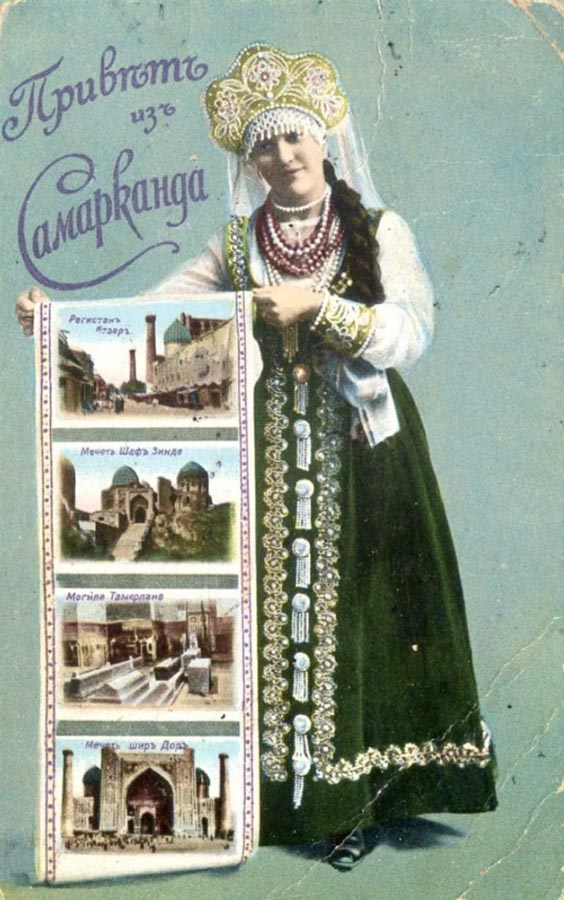
Fig. 1: Postcard depicting the state of the monuments at the turn of the 20th century (Postcard from the collection of Elena Paskaleva). This image previously appeared in Issue #95, Summer 2023.
In conversations with curators, we might hear the fascinating stories behind exhibitions: in “Asian Bronze,” the team behind the blockbuster exhibition at the Rijksmuseum Amsterdam recount how they brought objects that are rarely seen outside of their countries of origin to The Netherlands. In “Home and the World,” the curator of an exhibition of contemporary artists from Asia at Museum Van Loon in Amsterdam, elaborates on how artists can play a role in open-source environments for research (Figs. 2-3). Creativity and art are almost always collaborative projects, and all articles in this category are collections of voices: in an article on the Museum of Material Memory, for instance, its founder discusses this crowdsourced digital repository of objects that had migrated with refugees during the Partition of the Indian subcontinent (Fig. 4). Similarly, in Japan, and while referring to her art installation for a tactile exhibition for people with disabilities, artist Sahoko Aki emphasizes the role of archeological and cultural heritage in community-building and the importance of making participation in heritage as accessible and inclusive as possible (Figs. 5-6). Articles by art historians might take us back to the 11th century (as in the collection “Turks, Texts, and Territory”) (Fig. 7), but we are just as driven to publish contemporary artists’ responses to current issues, such as an interview with Issam Kourbaj on the Syrian refugee crisis (Fig. 8).
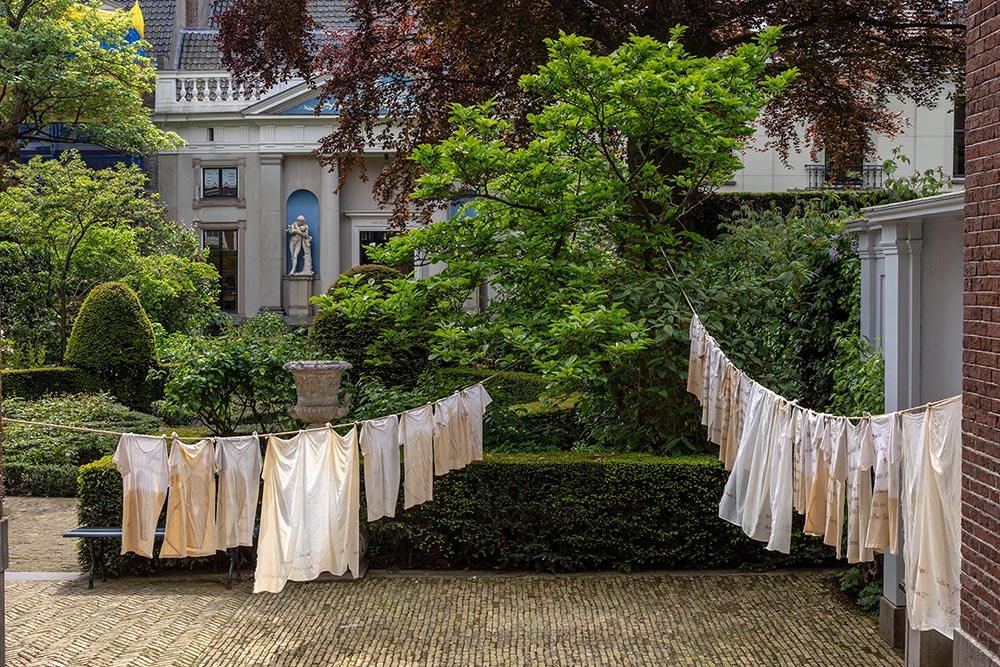
Fig. 3: One Hundred and Nineteen Deeds of Sale (2018), by Sue Williamson. Photo: Thijs Wolzak (courtesy of Museum Van Loon, 2024). This image previously appeared in Issue #99, Autumn 2024.
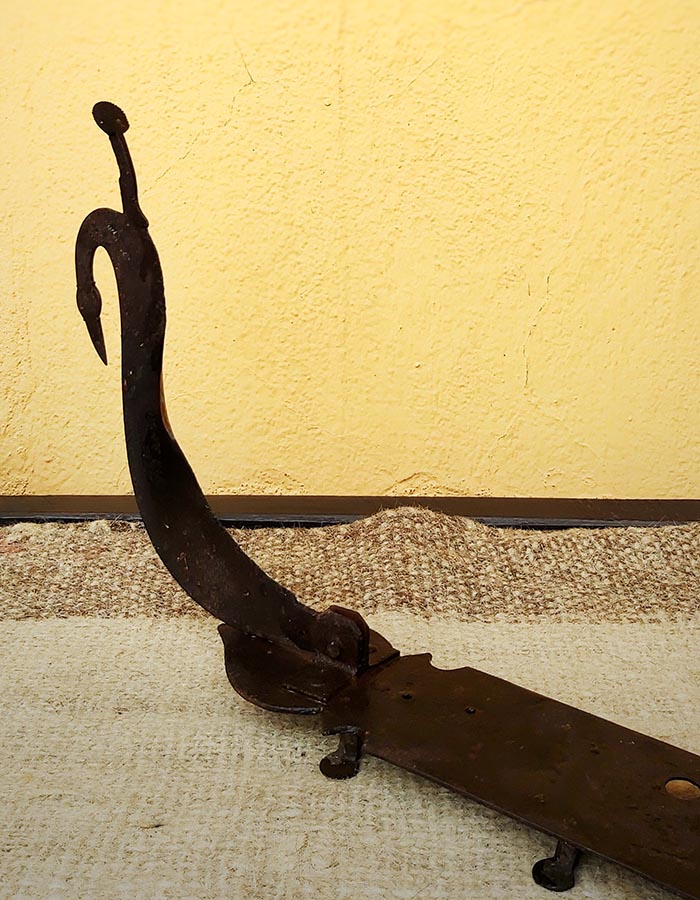
Fig. 4: The bonti passed down the generations of women in Kasturi Mukherjee’s family (Photograph courtesy of Kasturi Mukherjee). This image previously appeared in Issue #90, Autumn 2021.

Fig. 5: Reconstruction of a festival at the Sannai-Maruyama site. (Painting by Sahoko Aki, in collaboration with S. Koyama, 1996. Published in Quarterly Magazine Obayashi No. 42.) This image previously appeared in Issue #99, Autumn 2024.
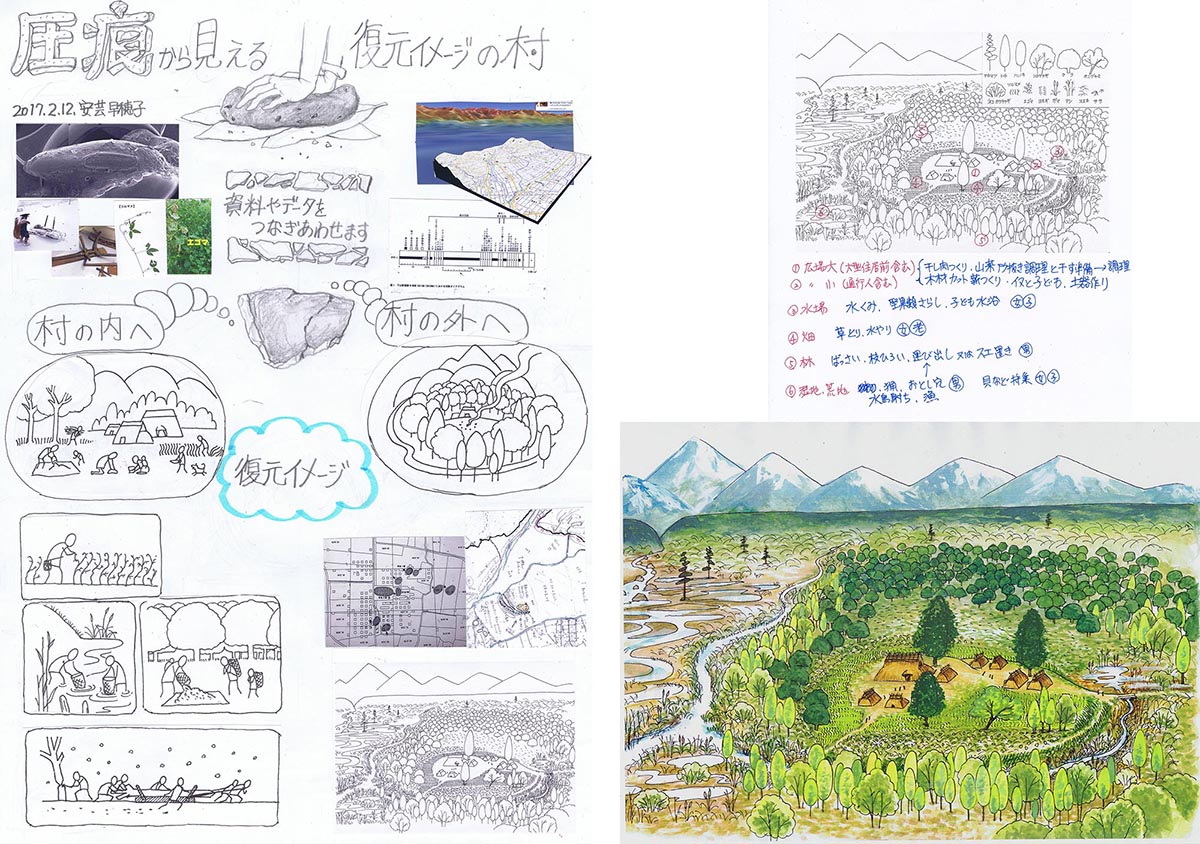
Fig. 6: Several stages in conceptualizing the reconstruction of the Fudōdō site in Figure 4, based on information from an archaeologist and a geologist (Sketches by Sahoko Aki, 2017). These images previously appeared in Issue #99, Autumn 2024.
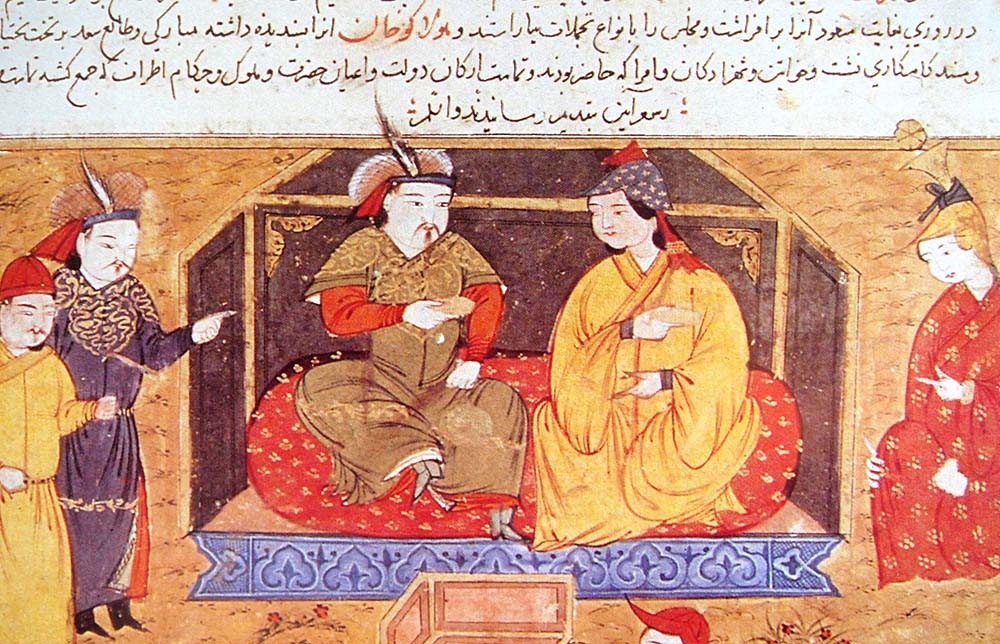
Fig. 7: Hülegü and his wife, Doquz Khatun, in Jāmi‘ al-Tavārīkh. This image previously appeared in Issue #95, Summer 2023.
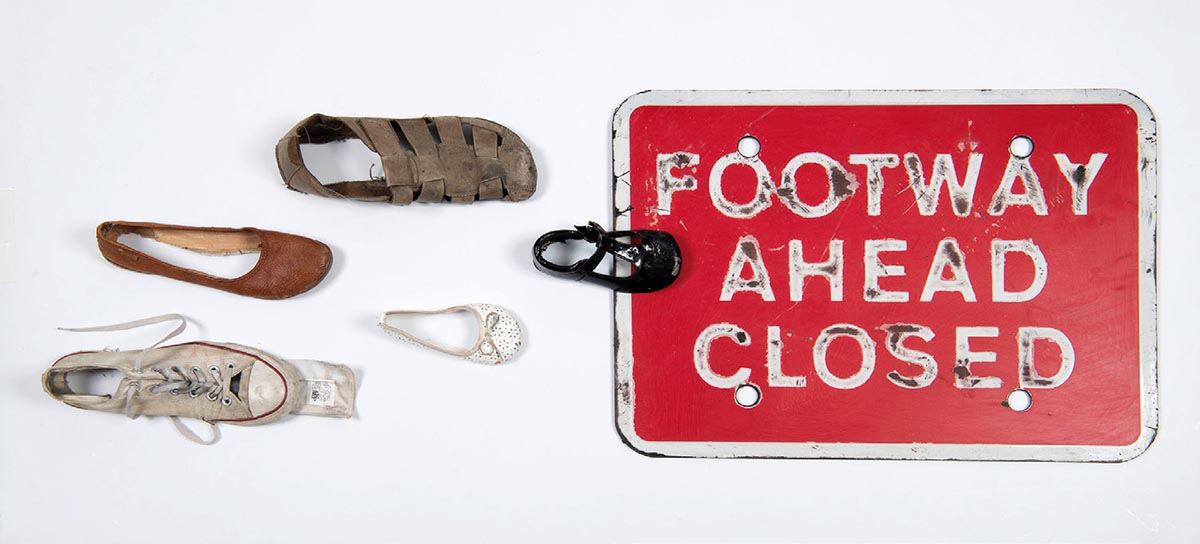
Fig. 8: Sole-less, Issam Kourbaj, 2018. Soleless shoes and roadsign. Photograph courtesy of the Nationaal Museum van Wereldculturen. This image previously appeared in Issue #89, Autumn 2021.